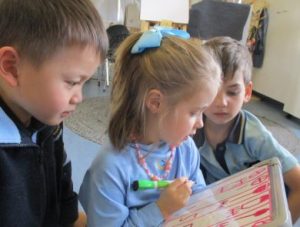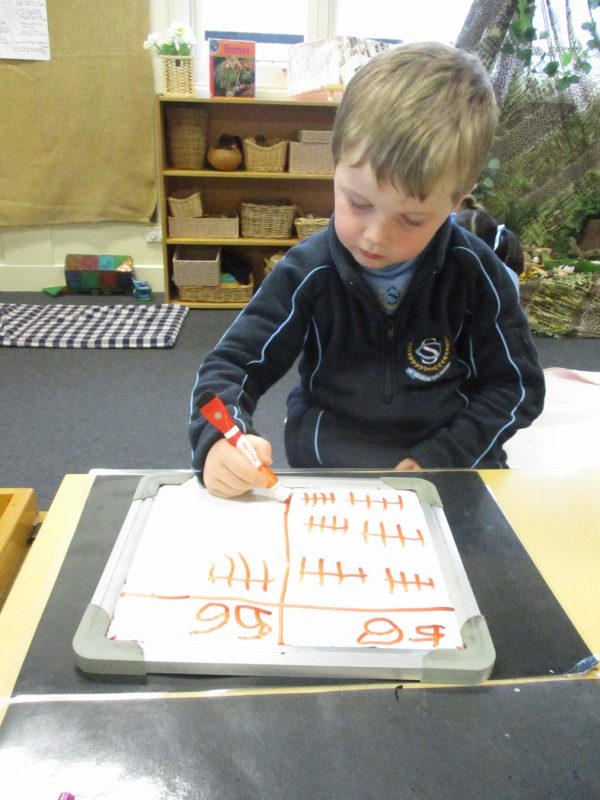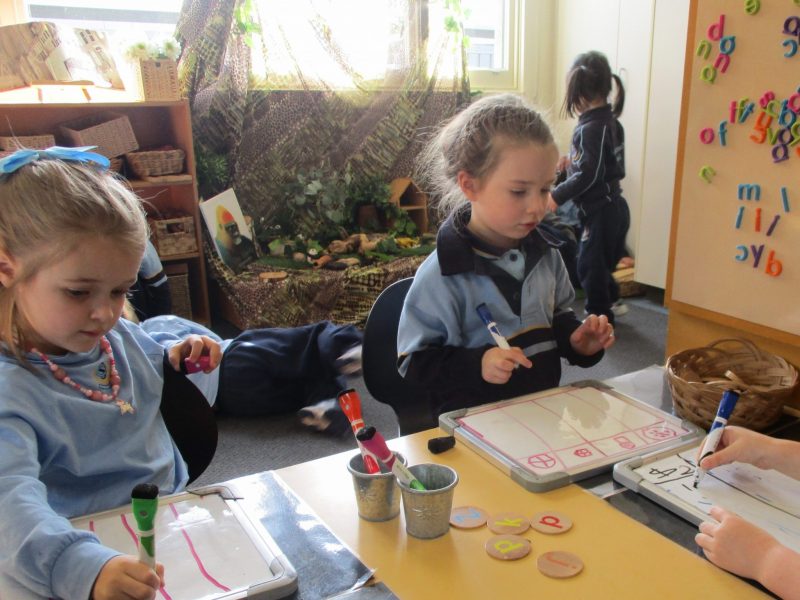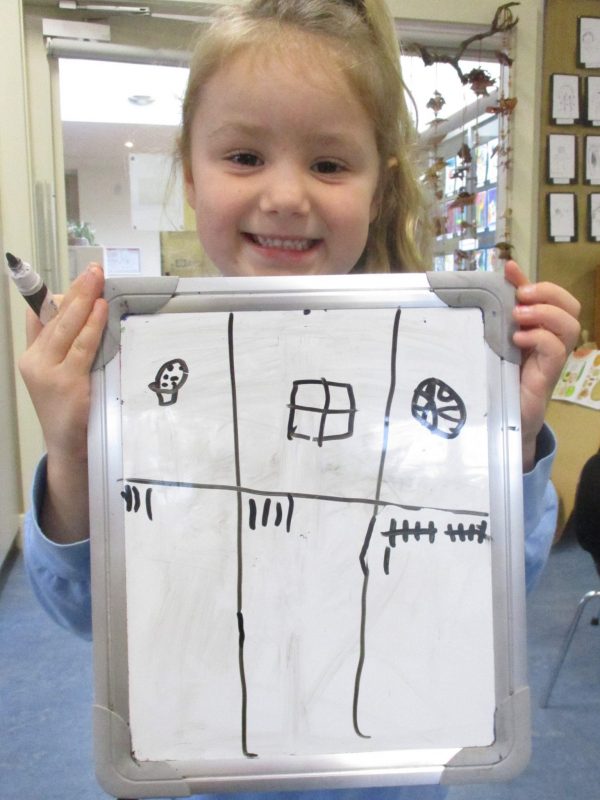Authentic and Meaningful Connections to Data Handling in the Classroom

“… it is not an imposition on children or an artificial exercise to work with numbers, quantity, classification, dimensions, forms, measurement, transformation, orientation, conservation, and change, or speed and space, because these explorations belong spontaneously to the everyday experiences of living, playing, negotiating, thinking and speaking by children.” – Loris Malaguzzi, founder of Reggio Emilia’s educational philosophy.
Educators have worked alongside the children in the Banksia Room to embed Mathematical concepts and understandings authentically within the program. We have used data handling as a tool to gather and interpret data through voting for recipes to cook in the classroom, as well as tallying up how much money was raised for the orange bellied parrot fundraiser in the Junior School. Educators have observed the children using tally marks and data collection in their play and wondered about the children’s understanding of the process of data handling, and whether they were replicating what they had observed, or demonstrating comprehension of a Mathematical understanding. Educators asked the children to explain about tally marks and what they have been working on.
“It is for voting, because you are gonna make food,” explained Jack R.
“Tally marks,” added Jasmine.
“Everybody’s,” joined in Jack R.
“Why do we write down tally marks?” asked Ms Nadia Durrant, Banksia Room Early Learning Teacher.
“Vote,” replied John.
“So it is easier…” began Jemima.
“To count it,” added Isabelle.
“So you do five plus five,” thought Jack R.
The children have engaged in this process of data handling and are demonstrating their understanding that it is a way to gather, interpret and analyse information. They will have other opportunities throughout the year where they can build their understanding of data handling and the ways in which they can collect, interpret and present data, such as through tally marks, using objects to create line graphs, column graphs and Venn diagrams.






